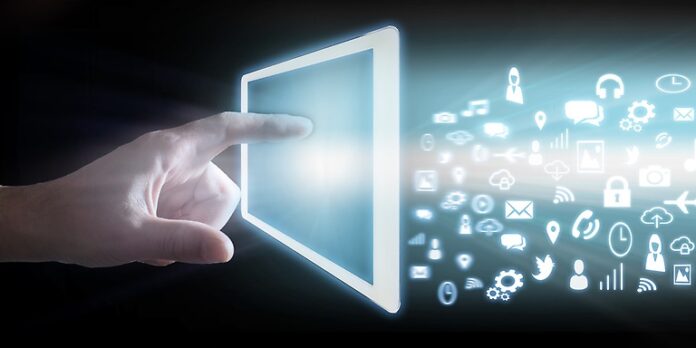In today’s business climate, businesses are trying to do more for less, and employees are forced to work harder and for longer periods. A lot of business people spend their time jumping backward and forward between tasks, assuming that their multitasking makes them more competitive.
Multitasking is why people still own laptops and why developers are working so hard to add new cross-app features on our portable mobile computers. Humans are best suited to the task of integrating technology in ways that, when it comes to inventing, improving, and mastering work processes, enhance their human capacity.
Spatial computing is the use of digital technology to interact with computers that understand their use in space. As compared to traditional computing, which is carried out behind a 2D screen, spatial computing uses Augmented Reality, Virtual Reality, and Mixed Reality to make a computer user interface a seamless part of our universe.
This is where things get enthralling. A mixture of VR and AR can be called MR; it efficiently creates a hybrid framework where physical and digital objects can exist side by side in real-time.
For example, Gravity Sketch mentions that “For example, Magic Leap is marketing itself as a “wearable space machine. The Magic Leap 1 is a wearable controller headset that uses a range of sensors and cameras to create an awareness of both its environment and the user who communicates with the physical world with digital objects. This makes for interactive, mixed-reality environments where real-world rules are respected by digital objects.
In the field of field operations, the positives of spatial computing are abundant: saving time and resources, improving security, and contributing to mission and employee satisfaction. The following and other functional benefits that spatial computing provides Performance raising, improving production, enhancement, and speed of workflow, minimizing downtime on installations, strengthening the relationship with consumers, providing immediate solutions, enhancing safety, reducing preparation time, enhancement of results, and eliminating errors.
Real-world illumination is paired with artificial light in spatial computing to interact with our eye-brain network in the same way as real conditions do.
To make spatial computing effective, the systems they use can acquire our eye movements, hand movements, body motions, and voice control. To make this condition possible from a sensory point of view, haptic gear such as boots or bodysuits, along with microphones and cameras, provide us physical sensations such as vibrations and air motion.
Images allow spatial computing expertise to accurately define the dimensions and depths of specific spaces, making it possible to replicate an area more realistically and thus to react better.
Follow and connect with us on Facebook, Linkedin & Twitter

